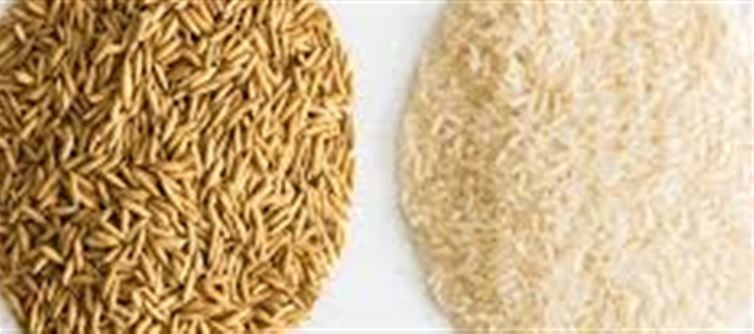
When you consume white rice, your blood sugar levels undergo specific changes that are important to understand, particularly for individuals managing diabetes or those concerned about their glucose levels. White rice is a refined carbohydrate, meaning that during processing, the bran and germ are removed, stripping away fiber, vitamins, and minerals. As a result, white rice has a high glycemic index (gi), which measures how quickly food raises blood sugar levels.
Upon eating white rice, your body breaks down the carbohydrates into glucose, leading to a rapid increase in blood sugar. This spike can trigger the pancreas to release insulin, a hormone responsible for transporting glucose into cells for energy. However, the quick release of glucose can lead to a subsequent drop in blood sugar levels, sometimes causing feelings of fatigue or hunger shortly after eating.
The effect of white rice on blood sugar can vary based on several factors, including portion size, how the rice is cooked, and what it is eaten with. Pairing white rice with protein, healthy fats, or fiber-rich vegetables can slow digestion and mitigate blood sugar spikes. For instance, adding beans or vegetables can help balance the meal and promote a more gradual rise in blood glucose levels.
For individuals with insulin sensitivity or diabetes, it is often recommended to limit the intake of high-gi foods like white rice or to consider alternatives such as brown rice, quinoa, or whole grains, which offer more fiber and nutrients. Monitoring blood sugar levels post-meal can also provide valuable insights into how different foods affect your body. Understanding these dynamics can empower individuals to make informed dietary choices, ultimately promoting better health and well-being.
Disclaimer:
The views and opinions expressed in this article are those of the author and do not necessarily reflect the official policy or position of any agency, organization, employer, or company. All information provided is for general informational purposes only. While every effort has been made to ensure accuracy, we make no representations or warranties of any kind, express or implied, about the completeness, reliability, or suitability of the information contained herein. Readers are advised to verify facts and seek professional advice where necessary. Any reliance placed on such information is strictly at the reader’s own risk.
.jpg)




 click and follow Indiaherald WhatsApp channel
click and follow Indiaherald WhatsApp channel